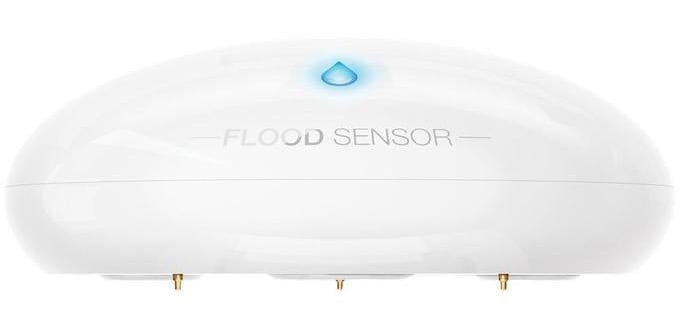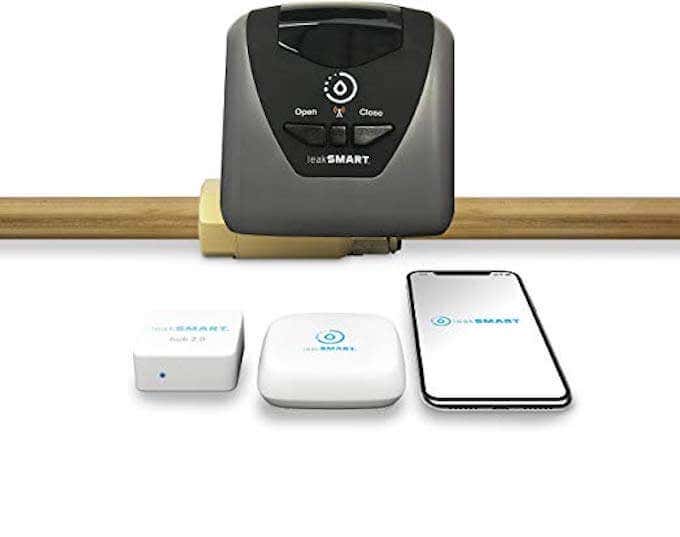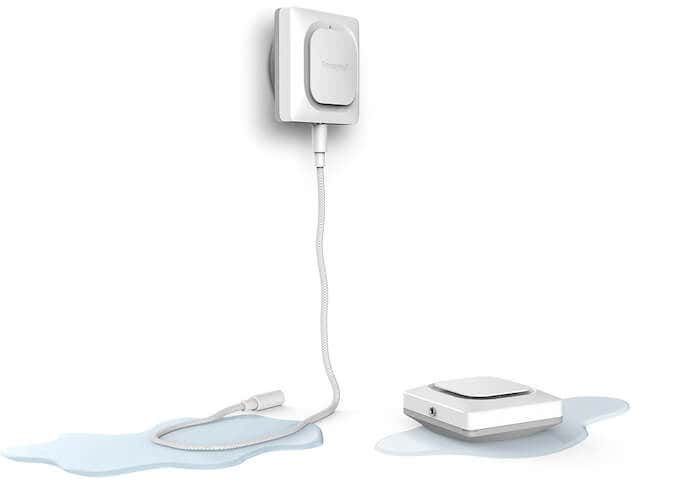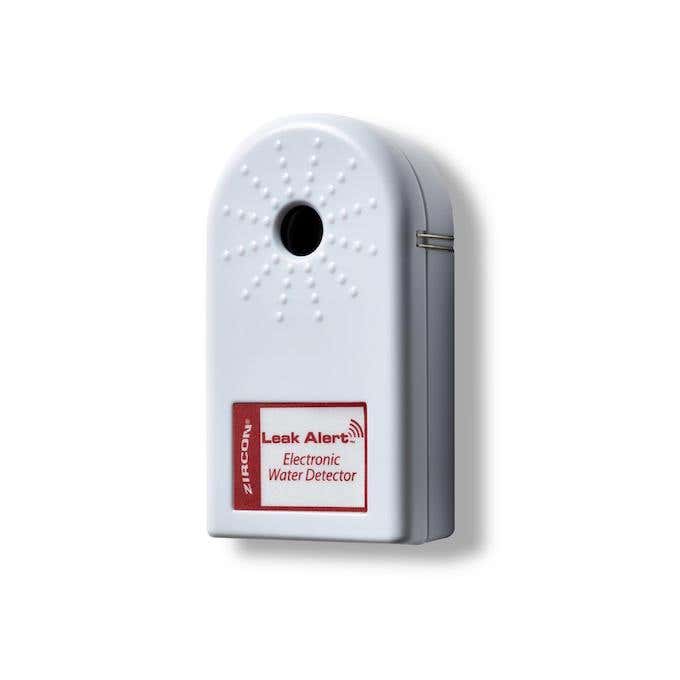The best place to install these sensors is under the bathroom or kitchen sink or near the hot water heater in your home. There are a lot of different types of flood and leak sensors on the market and it can be hard to narrow down which one is right for your home. This list will cover the best flood sensors on the market to help you make the right decision.
Fibaro Flood Sensor
The Fibaro Flood Sensor stands out for several reasons. One is that it is HomeKit compatible, unlike many of the competing sensors on the market. It’s equipped with a leak and temperature sensor to help detect and identify problems before they happen. It also has an audible alarm that triggers along with the push notification on the app. You can also attach other devices, such as safety valves, to automatically turn off the flow of water. You can also program the Fibaro Flood Sensor to trigger the lights in your home to turn a specific color if a leak is detected. Finally, it also has a tamper-proof alarm that triggers if anyone tries to remove the sensor from where it’s installed.
leakSMART Starter Kit
The leakSMART Starter Kit is more than just a flood sensor—it’s an entire kit designed to combat water damage inside the home. The leakSMART Starter Kit comes with a one-inch automatic water shutoff valve. leakSMART sensors will automatically shut off the water within five seconds of detecting a leak. This ensures minimal damage from unrestrained water. You might even qualify for discounts on your home insurance premiums, depending on your insurance company. The leakSMART Starter Kit includes the automatic shutoff valve, the water leak sensor, and the smart hub.
Ring Alarm Flood & Water Sensor
The Ring Alarm Flood and Water Sensor ties into the same system as other Ring products. If you already own a Ring video doorbell or another device from the company, you can easily tie them together within the same app. The Ring Alarm Flood and Water Sensor can be installed within minutes and has a battery life of up to three years thanks to the 3V lithium battery. The sensor works by notifying you of any sudden, unexpected drops in temperature. If the temperature plunges below 40 degrees Fahrenheit, you will receive a warning and have time to take action before the pipe freezes. The sensor also comes with a one-year warranty in case something goes wrong. You can connect the Ring Alarm Flood and Water Sensor to any point in your home as long as it is within 250 feet of the base station.
Honeywell Wi-Fi Water Leak and Freeze Detector
Honeywell is one of the most well-known companies for smart home technology. Though Honeywell has spun their smart home lineup out into a different company called Resideo, the Honeywell name still carries weight. The Honeywell flood sensor uses a flexible cable that can detect moisture over a larger area, and that is also ideal for placement along walls or near washing machines, areas where other leak sensors may not perform as well. The Honeywell Wi-Fi Water Leak and Freeze Detector is battery-powered, so you can place it without worrying about its proximity to a power outlet (or the inherent risk of water near a live wire.) The sensor is reusable, so even if it is triggered by water you can use it over again. While it may not have as many bells and whistles as competing sensors, the Honeywell flood sensor is a solid choice that gets the job done.
Zircon Leak Alert Water Detector
The Zircon Leak Alert Water Detector is a budget-friendly option. At just $15 per sensor, these flood detectors are ideal for placement throughout the home. If the Zircon flood sensor detects water, it will trigger an 85 decibel alarm that can ring continuously for up to three days straight. Unless you live far out in the countryside, away from anyone else, someone will hear the alarm and know that something is wrong. The tradeoff, however, is that these leak sensors do not have any smart capabilities. You won’t receive a push notification or anything else to indicate that the sensor is going off. The Zircon Leak Alert Water Detector does not require any wiring. A 9V battery is all you need to keep the sensor working for months on end. Due to the low cost of this sensor, it’s an ideal choice if you have a larger home with numerous risk areas. It also works great as a supplement to a smart home sensor if you want coverage in a lesser-used area, like around a leaky window.




